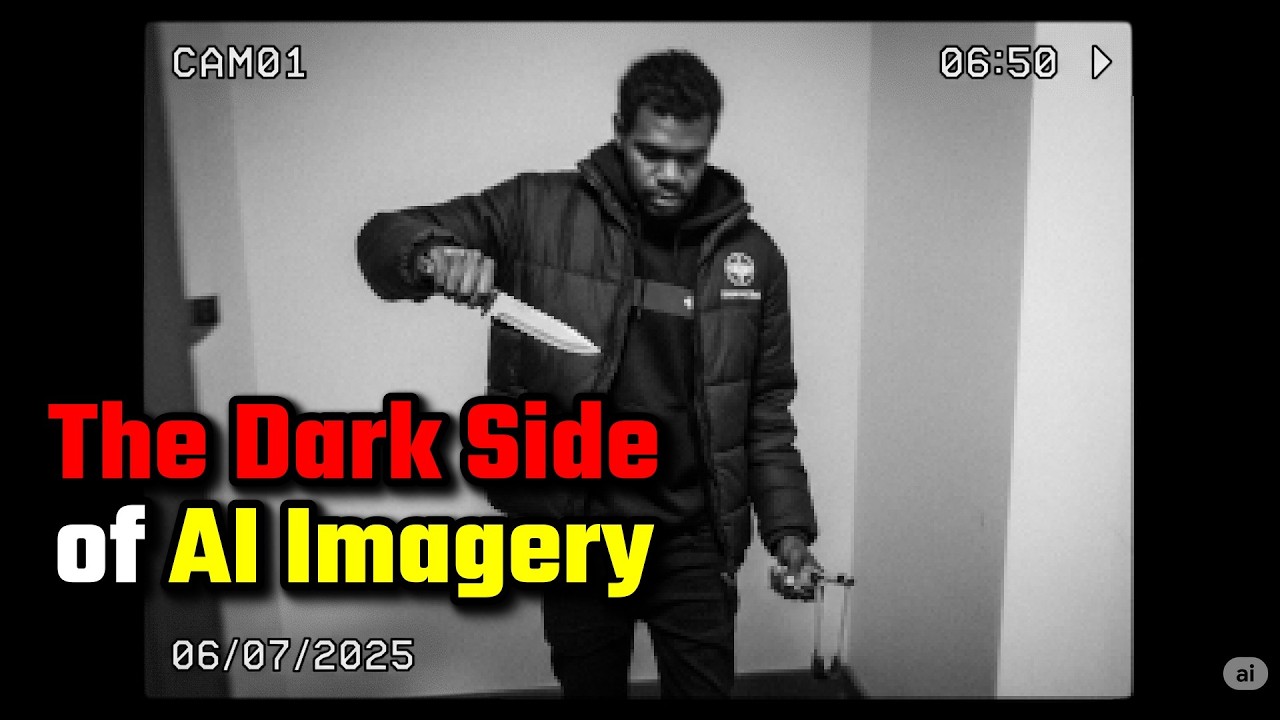The video explores the ethical use of AI-generated imagery in videos, highlighting its role in filling gaps where real photos are unavailable and protecting privacy, especially for children. It emphasizes transparency by committing to watermark AI images to prevent viewer confusion and maintain trust.
The video discusses the rapid advancement of AI-generated imagery and its increasing use in videos for illustrative purposes. The creator explains that AI images help fill gaps where real photographs are unavailable, such as historical family photos or police sketches when no actual images exist. AI is also used to depict children in videos to comply with privacy policies, avoiding the ethical and legal issues of showing real children without consent.
The creator highlights the ethical considerations involved in using images of people, emphasizing the importance of privacy. Public figures can be shown in public settings without issue, but private or intimate images would be inappropriate and potentially illegal. The video shows examples of AI-generated images that have improved in realism over time, though they are not perfect, such as a police officer pulling over a car or a driver who is barely visible.
A key issue addressed is the confusion some viewers have had, mistaking AI-generated images for real photographs. One example given is an AI-generated image of a Victorian prep classroom teaching gender diversity, which included Aboriginal and rainbow flags. The creator clarifies that these flags were not specifically requested but appeared because the AI was trained on real-world data where such flags are commonly displayed in educational settings promoting inclusivity.
The video stresses the importance of transparency when using AI-generated images. To avoid misleading viewers, the creator commits to always including an “AI” watermark on such images in future videos. This watermark is a common feature in many AI image generators and serves as a clear indicator that the image is artificially created, helping to prevent misunderstandings.
In conclusion, the creator uses AI-generated imagery responsibly to enhance storytelling and visualization while respecting privacy and ethical standards. They encourage viewers to look for the AI watermark and understand that these images are for illustrative purposes only, not real photographs. This approach aims to maintain trust and clarity in the content presented.
